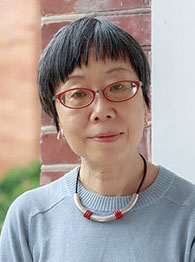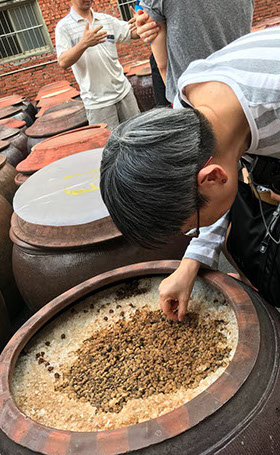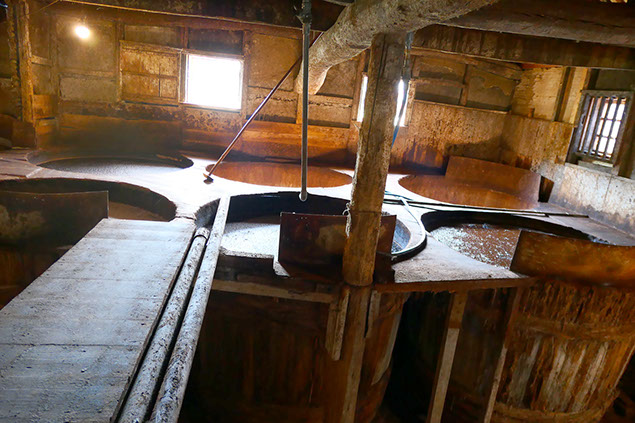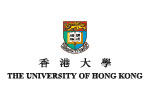A SAUCY TAKE ON HISTORY
The maxim, you are what you eat, could very well apply to the history of soy sauce. Although soy sauce is ubiquitous across East Asia, it has taken hold in each region in different ways that are revealing about cultural and political currents.
Soy sauce is widely seen as a traditional part of East Asian cuisine. But research by Professor Angela Ki Che Leung, Joseph Needham – Philip Mao Professor in Chinese History, Science and Civilization and Chair Professor of History, and Dr Izumi Nakayama of the Hong Kong Institute for the Humanities and Social Sciences is finding that the condiment illustrates the region’s response to modernity.
In the 19th and 20th centuries, soy sauce was transformed by industrialisation and colonisation into a dining table staple across the region and even globally. More recently, it has been caught up in the fashion for artisanal products, with handmade, luxury brands for sale.
“Our research is part of a larger project looking at how technology is not autonomous but embedded in specific social, economic and political set-ups, and how it is used in East Asian societies to imagine and desire modernity. Soy sauce is a very good example,” Professor Leung said.
The origins of soy sauce are murky but there is consensus that it originated in China, where it was considered to have medicinal properties, and was brought to Japan in about the 12th century.
Japan was a trailblazer in expanding consumption, although this took a few hundred years. Conglomerates were organised in which families worked together to produce the ingredients and undertake different aspects of the manufacturing, such as fermenting soybeans to make the koji that is the base of the sause. Noda city north of Tokyo was one such centre, where the brand Kikkoman has roots going back to the 17th century.

![]() Our research is part of a larger project looking at how technology is not
Our research is part of a larger project looking at how technology is not
autonomous but embedded in specific
social, economic and political set-ups, and how it is used in East Asian societies to imagine and desire modernity. Soy sauce is
a very good example. ![]()
Professor Angela Ki Che Leung
From modern to postmodern
In China, soy sauce was more confined to the literati class who produced it at home. It did not become a popular condiment until the mid-18th century when Manchuria, the main source of soybeans, was fully integrated into the Chinese empire – before then it was not a common item in the diet of southern Chinese. Even then, its popularity was concentrated in major urban centres. “Most peasants rarely had a taste of it,” Professor Leung said.
Industrialisation was introduced to soy sauce making in the late 19th century, spearheaded by Japan. The country was keen to be seen as an equal to Western powers and brought in chemical fermentation and mass production methods. “Industrial meant modern, it meant it was better than handmade,” Dr Nakayama said.
The Japanese also took their soy sauce to the places they colonised and invaded in the first half of the 20th century. In Taiwan, soybeans were under the control of the Japanese Government and commercial soy sauce was mostly made from yellow soybeans instead of the black beans traditionally used by native Chinese. Conglomerates like Kikkoman followed the army or even led the way as they searched for new markets.
China was not immune to this influence. Manufacturers started following the Japanese model and introduced chemical fermentation. However, the Chinese product could not compete with the Japanese industrial products in terms of price and quality. “Chinese manufacturers did not work together like the Japanese – China was very far behind,” Professor Leung said.
In recent decades, the focus on modernisation and chemical processes has shifted. Consumers want products made without chemicals – organic, additive-free, handcrafted, gluten-free, low-sodium and so on. “It’s the beginning of the post-industrial story. People ask, what is tradition? Do we really need to rely on chemical products? In Taiwan and Japan, we can see people not imagining modernity anymore, but imagining tradition,” Professor Leung said.
Selling a new idea of tradition
In Taiwan, soy sauce makers have returned
to the traditional black beans and kept their business as smaller, family-run affairs – they
are not very interested in reaching out to other markets. “We worry about their sustainability because their products are relatively expensive and they produce relatively few bottles. It’s quite different from Japan, where they are more enterprising,” Professor Leung said.
In Japan, the scholars found producers who used traditional materials such as wooden barrels, albeit with modern hygiene standards (traditional fermentation is dirty and smelly), to produce luxury soy sauce. These entrepreneurs are selling a new idea of tradition that includes different varieties of soy sauce and even soy sauce sommeliers.
Hong Kong and China, though, are still in the modernity loop. “The companies I interviewed don’t talk about preserving tradition, they
talk about market share and the technological advances they’ve developed,” Professor
Leung said.
The scholars have also started looking at soy sauce in Vietnam and Korea and digging deeper into the story of soy sauce in China, to provide a fuller picture of the condiment’s place in East Asia.
“Tradition is a moving target. What we think of as traditional in 2019 is very different from what traditional meant in 1905. Yet we have this constant process of re-imagining what soy sauce is supposed to be that’s a reflection of not just our times, but our social and cultural values,”
Dr Nakayama said.
Next
Back
Professor Leung’s visit to soy sauce makers in
Taiwan.


Soy sauce makers in Japan use traditional materials such as wooden barrels, albeit with modern hygiene, to produce luxury soy sauce.
Home
May 2019
Volume 20
No. 2

Research
